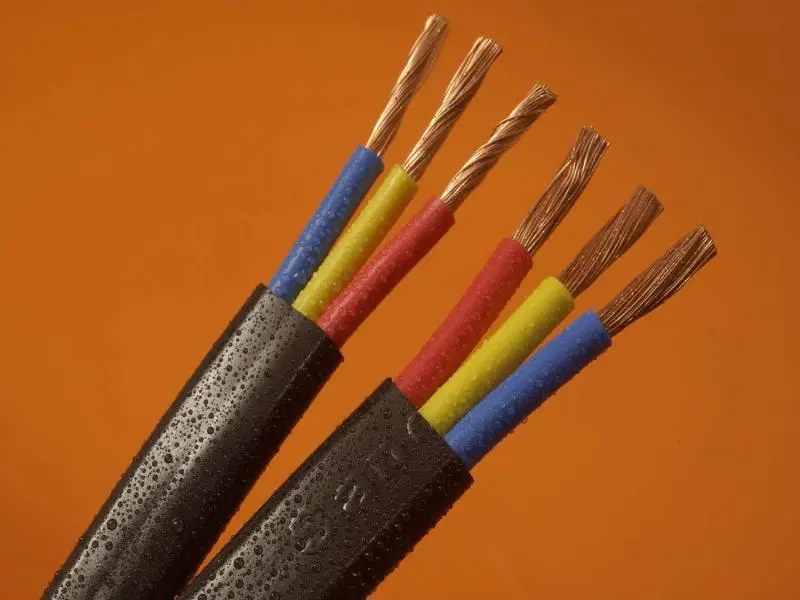- Networking forms the backbone of modern communication, and cables are the lifelines of this infrastructure.
- Understanding the differences between these cable types is crucial for network planners and technicians to make informed decisions about the most suitable cabling infrastructure for their networks.
When it comes to setting up a network, choosing the right type of cable is crucial for ensuring smooth and efficient communication. In this blog, we will explore three primary types of cables used in networking: twisted pair, coaxial cables, and fibre optic cables, each with its unique characteristics and applications.
1. Twisted pair cables
Twisted pair cables are one of the most commonly used types of cables in networking. They consist of copper wires twisted together in pairs, which helps reduce electromagnetic interference and crosstalk. Twisted pair cables are further categorised into two types: unshielded twisted pair (UTP) and shielded twisted pair (STP).
Unshielded Twisted Pair (UTP): UTP cables are cost-effective and widely used for Ethernet connections in homes, offices, and industrial environments. They are easy to install and provide reliable data transmission for short to medium distances.
Shielded Twisted Pair (STP): STP cables have an extra layer of shielding to protect against external interference, making them suitable for environments with high levels of electromagnetic interference. However, they are more expensive and less flexible compared to UTP cables.
Also read: FibreWorld supports fibre optic cable networks in Nigeria
2. Coaxial cables
Coaxial cables are a fundamental component of modern communication systems, characterised by their unique construction and versatile applications. Comprising a copper conductor encased in insulation, a braided shield, and an outer protective sheath, coaxial cables are optimal for transmitting various signals across different mediums. Frequently employed in cable television, internet connections, and high-speed data transmission, coaxial cables offer a reliable and efficient means of transferring information.
Renowned for their durability and robust design, coaxial cables are built to withstand harsh environmental conditions and heavy usage, making them ideal for both indoor and outdoor installations. Their ability to deliver high bandwidth capacity ensures seamless data transmission, enabling users to enjoy uninterrupted connectivity and high-speed internet services. Additionally, coaxial cables exhibit exceptional resistance to signal interference, safeguarding data integrity and ensuring clear reception of signals even in environments with high levels of electromagnetic interference (EMI) or radio frequency interference (RFI).
Also read: Australia commits $18M to establish digital cable centre
3. Fibre optic cables:
Fibre optic cables are the pinnacle of modern networking technology, offering unparalleled performance and reliability. By transmitting data using light signals through specialised optical fibres made of glass or plastic, fibre optic cables ensure swift and secure communication. The design of fibre optic cables allows data to be transmitted as pulses of light, reaching speeds that far surpass traditional copper cables. This high-speed capability makes fibre optic cables ideal for applications requiring rapid data transfer, such as streaming high-definition video or conducting real-time communications.
In addition to their impressive data transfer speeds, fibre optic cables boast long-distance transmission capabilities. The use of light signals enables data to travel over extended distances without experiencing signal degradation, making fibre optic cables a preferred choice for networking solutions that span across vast geographical areas. Moreover, fibre optic cables are immune to electromagnetic interference, which can disrupt data transmission in traditional copper cables. This immunity ensures that data remains secure and unaffected by external sources of interference, making fibre optic cables the go-to option for critical, high-security communication networks.

